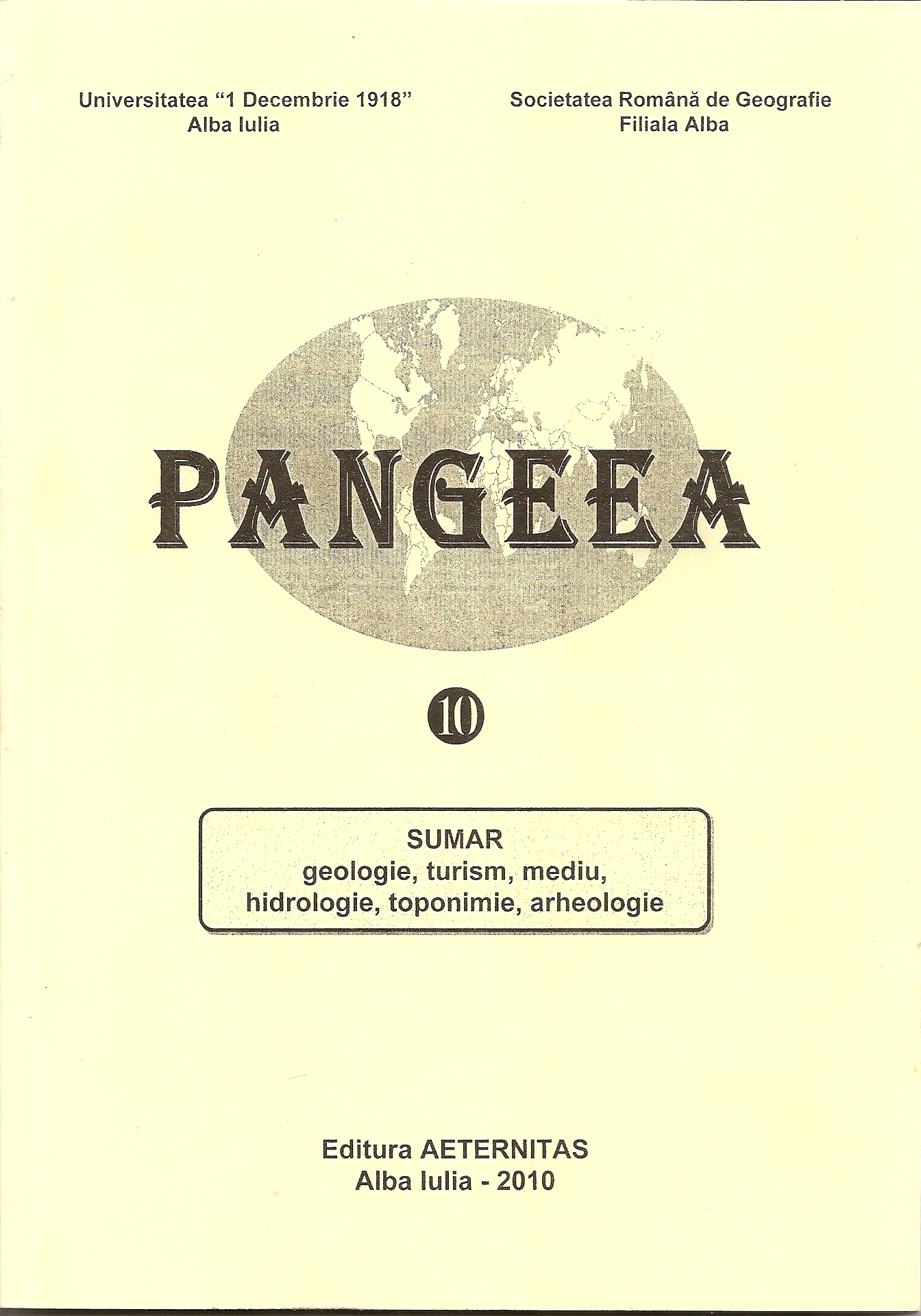STATISTICAL ANALYSIS OF GLOBAL SOLAR RADIATION AND TEMPERATURE TRENDS AT CLUJ-NAPOCA, ROMANIA (1921-2009)
STATISTICAL ANALYSIS OF GLOBAL SOLAR RADIATION AND TEMPERATURE TRENDS AT CLUJ-NAPOCA, ROMANIA (1921-2009)
Author(s): Sandu-Valer Tahas, Liviu Muntean, Dumitru Ristoiu, Gheorghe Roșian, Levente DiménSubject(s): Geography, Regional studies
Published by: Editura Aeternitas
Keywords: Global solar radiation; annual mean temperature; quadratic trend; Runs test, radiation and precipitation standardized anomaly; microcycles;
Summary/Abstract: The evolution of annual global solar radiation (GSR) and temperature trends in Cluj-Napoca, Romania, was analyzed for the period 1921 to 2009. Different statistical procedures like t-test, regression models, Runs test and cumulative curve of the radiation and precipitation standardized anomaly were used to find the most appropriate expression of the annual mean GSR and temperature interannual evolution. In order to sustain the results from Cluj-Napoca, we also used data from two neighboring stations, namely Bistrita and Sibiu. The parametric analysis with regression models shows significant increasing trends, the quadratic trend model providing a better fit than the linear and exponential models. According to the quadratic model, the GSR increased with 8.419 W/m2 at Cluj-Napoca, 9.443 W/m2 at Bistrita and 2.429 W/m2 at Sibiu, while the temperature increased with 0.4°C at Cluj-Napoca and 0.6°C at Bistri?a and decreased with 0.2°C at Sibiu. It is the most probably that this increasing in GSR and increasing/decreasing of temperature is rather the ascensional or descensinal parts of some natural micro-oscillations due to the natural climate variability or solar variations.
Journal: PANGEEA
- Issue Year: 10/2010
- Issue No: 10
- Page Range: 5-18
- Page Count: 14
- Language: English

